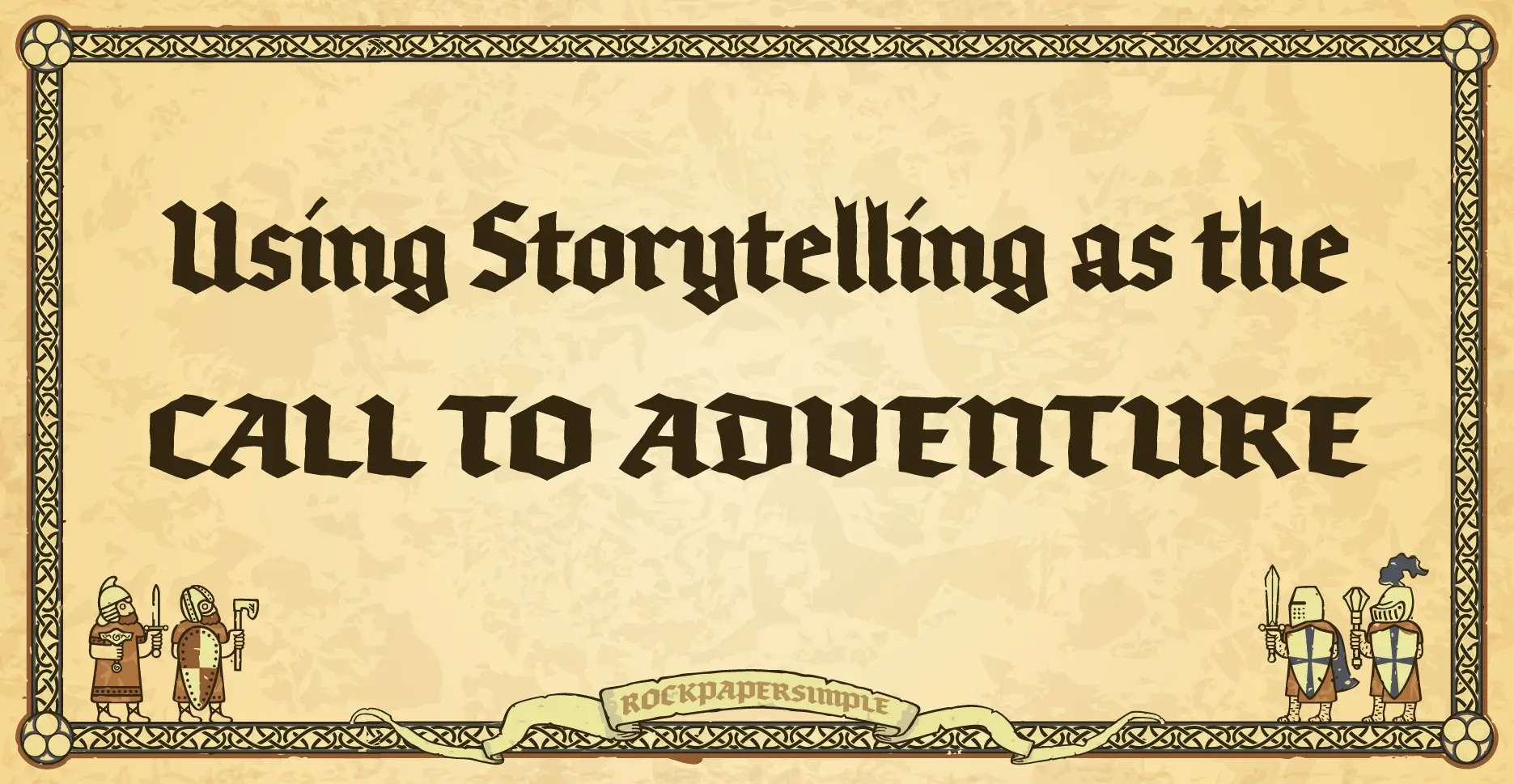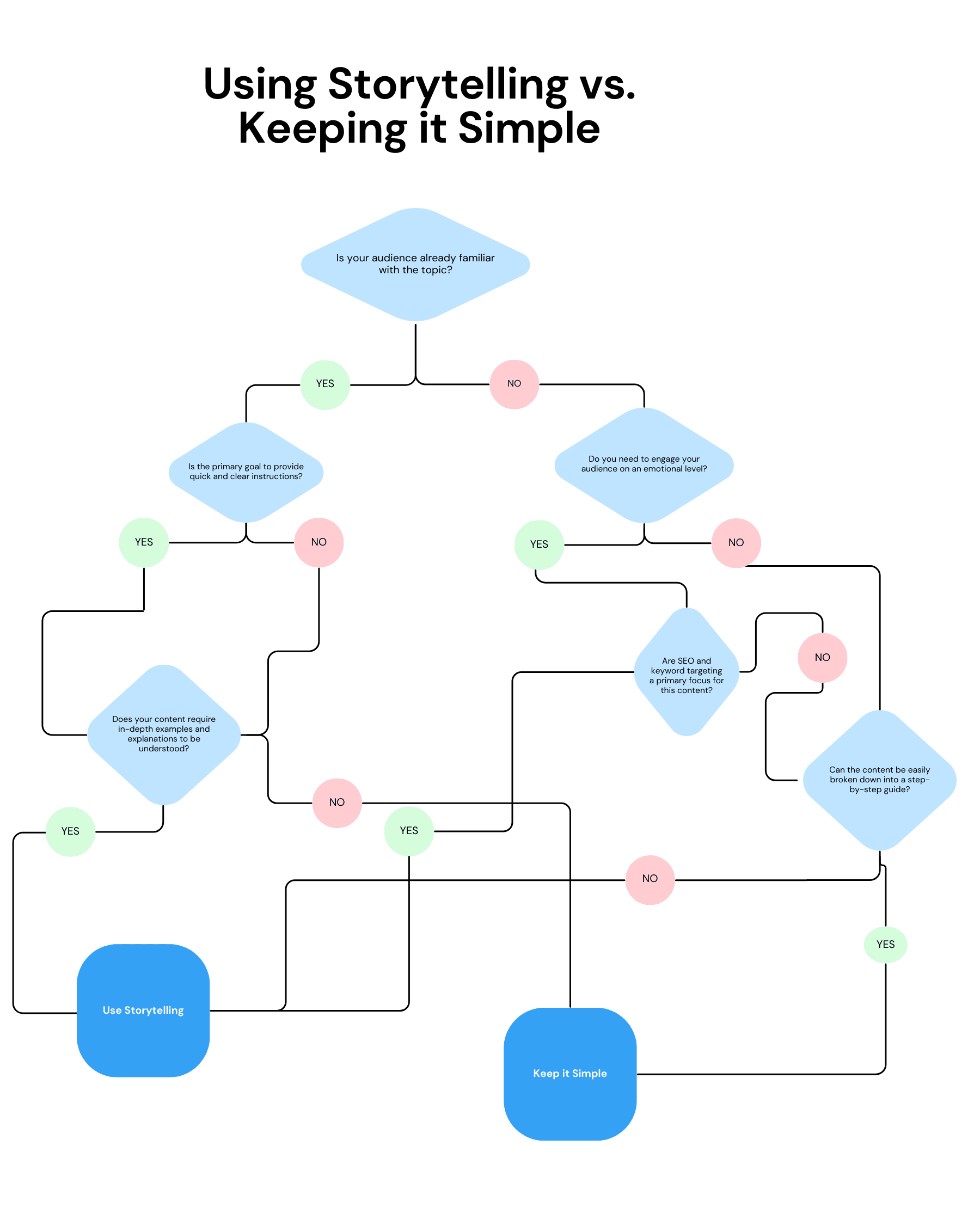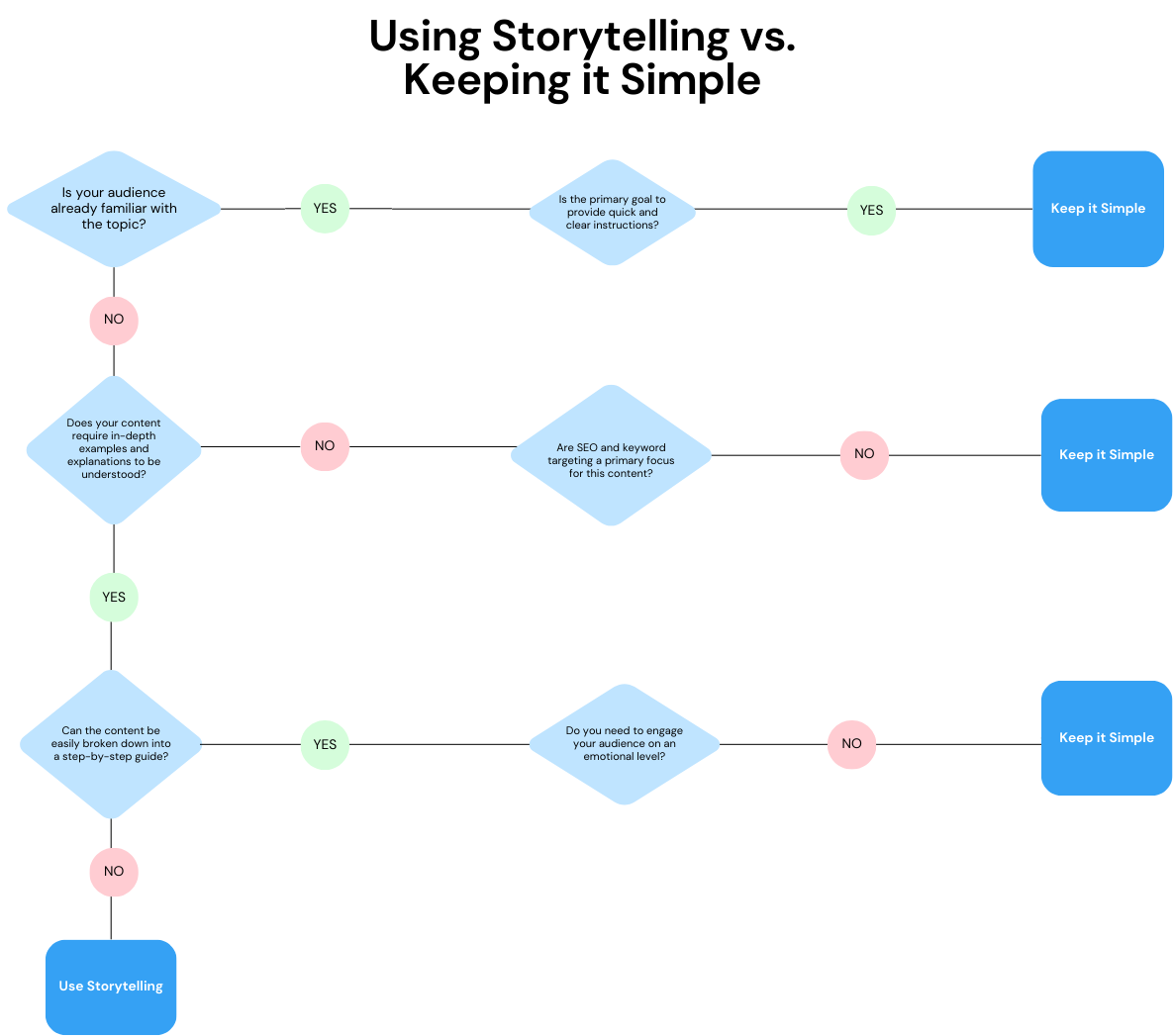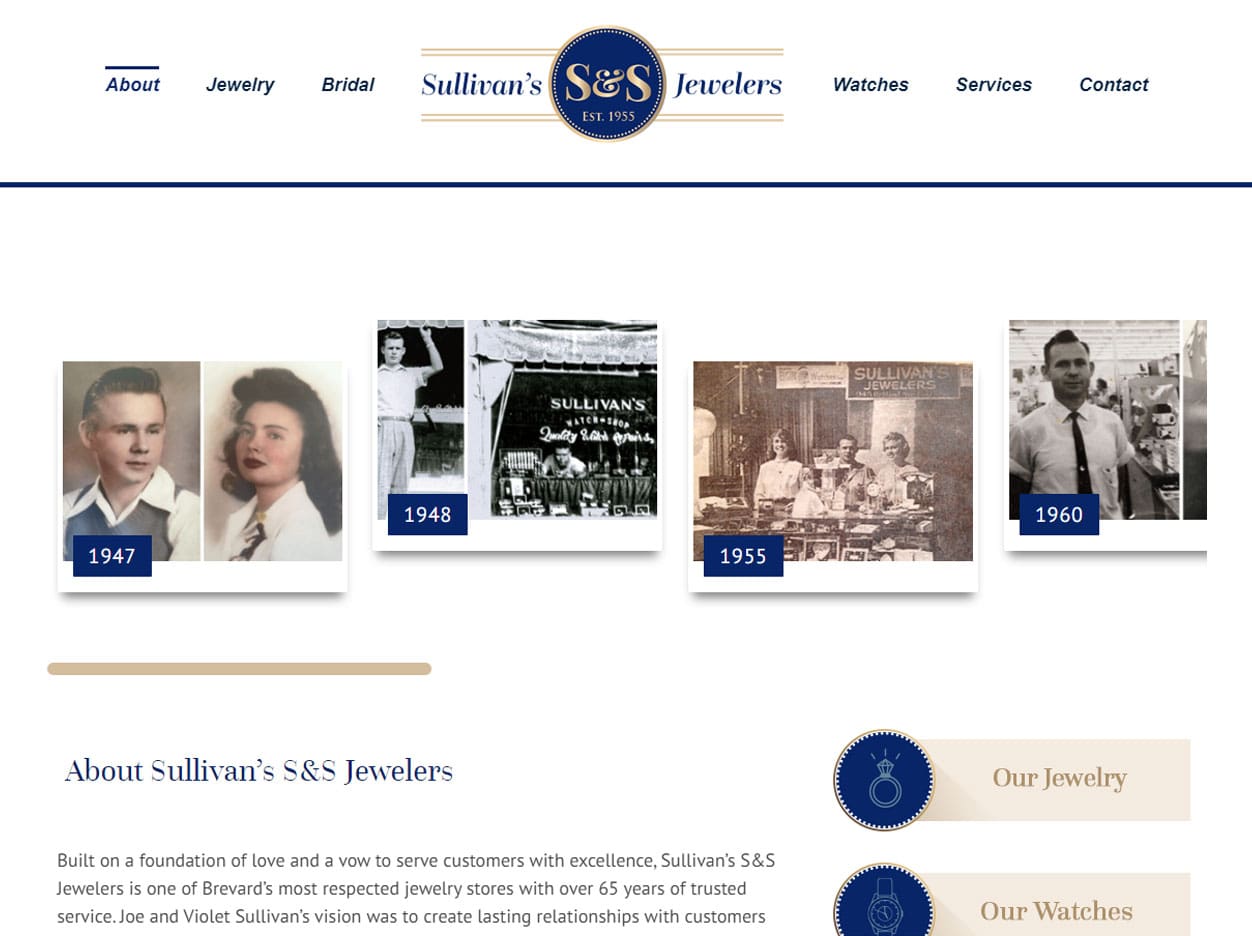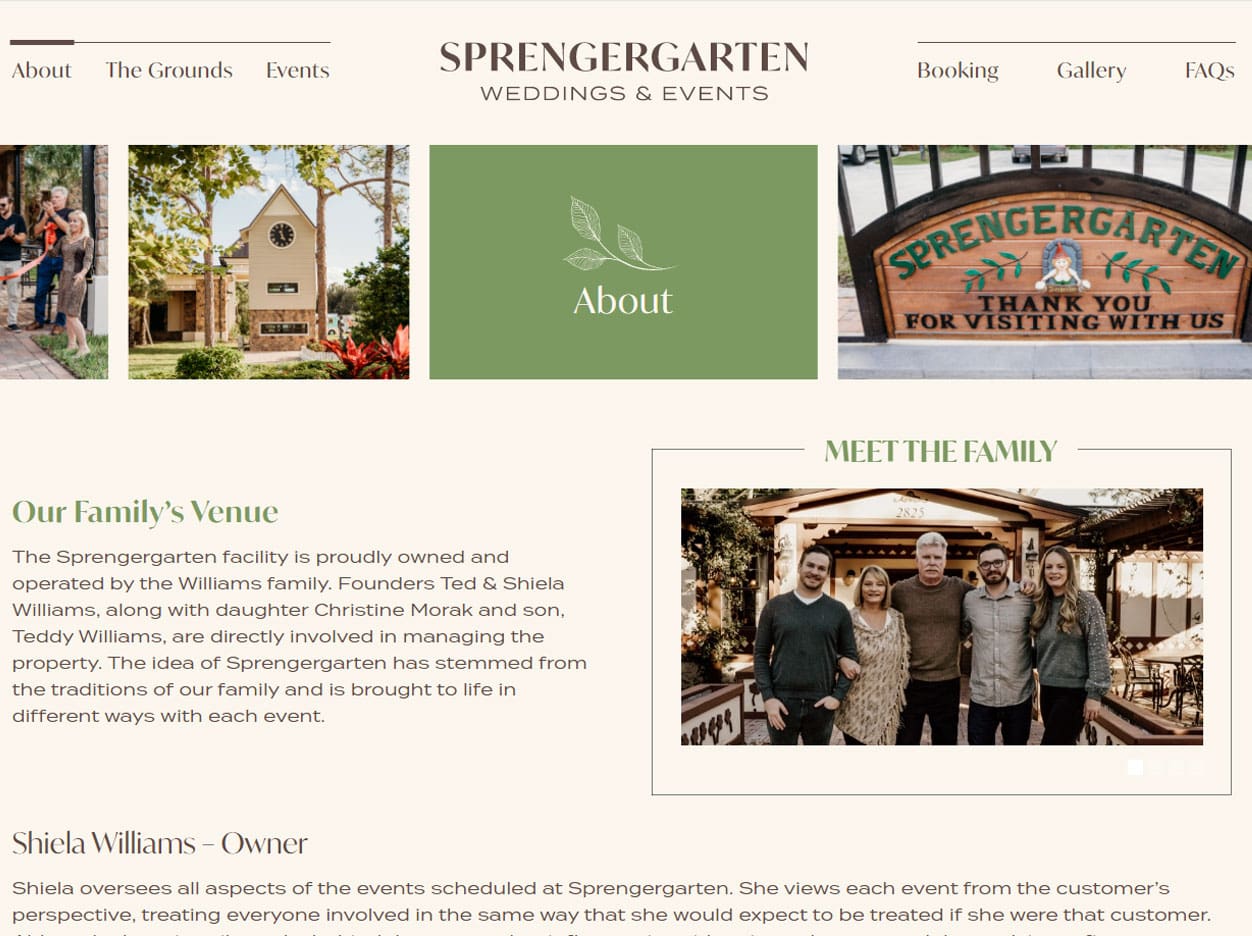Successful companies have a common trait: compelling storytelling. When showcasing your services and offerings to the world, branding aims to connect with and build a relationship with your target audience. Brand storytelling helps you communicate your company’s background, goals, and core values effectively and truthfully.
Like a classic hero’s journey, your brand embarks on a call to adventure through storytelling, becoming a powerful tool like King Arthur’s legendary sword. Storytelling is an art that can transform the mundane into something extraordinary, turning brand advocates into legends and epics.
However, creating narratives that resonate is a challenging task. It requires creativity, patience, and a deep understanding of your audience. Thus, the question arises: When is a story needed, and when is it not?
When to Take Your Audience on an Adventure
Imagine your audience is embarking on a quest to find treasure in a dragon’s lair. The path to the lair is full of challenges, and your audience needs guidance, inspiration, and assurance to keep moving forward. They need to know where to go, how to navigate the lair, and where to find the treasure.
A captivating narrative can engage your audience, build emotional connections, simplify complex ideas, drive actions, enhance trust and credibility, and differentiate your brand from competitors. For example, the tale of the dragon’s lair attracts adventurers with the promise of treasure, and a unique story of your brand can set you apart in a competitive market.
Capturing the interest of your target audience towards your products or services requires you to humanize the brand. You can achieve this by taking them on a brand journey using deliverables such as:
- Overview Videos
- Genuine Testimonials
- Engaging Blogs
- A Strong About Us Page
Master Brand Narratives and Techniques
You, too, can create effective content that tells your brand’s story. Here are techniques you can use:
Crafting Narratives Across Multiple Touchpoints: Connect with your audience wherever they are—online and offline. Map out a journey across social media, emails, blog posts, and more, ensuring each touchpoint adds a new layer to the brand story.
Content Strategy with a Narrative Arc: Your content strategy is a game plan where you outline what you will share and ensure each piece adds to your brand’s story.
Metaphors and Analogies: When explaining complex ideas, try relating them to everyday experiences. Metaphors and analogies make complex concepts easier to understand.
Personal Transformation Stories: Share real stories of people who accomplished their goals with your help. Doing so highlights the real-life value and impact of your offerings
Emotional Journeys: Focus on creating content that resonates emotionally. Whether sparking joy, offering comfort, or inspiring action, emotional connections make your message more memorable.
Content Variety: Keep your audience engaged by mixing up your content types. Use videos for visual storytelling, infographics to simplify information, and podcasts for in-depth discussions.
Character-Driven Content: Give your brand and products their own stories and personalities. It makes you more relatable and engaging, encouraging your audience to invest emotionally.
Interactive Storytelling: Engage your audience by including interactive elements like quizzes, polls, and videos requiring participation. Using interactive content turns passive consumption into an active experience.
Rock Paper Simple’s Storytelling
We invite you to take a look at some of the brand transformations we helped our clients achieve to tell their own stories.
By personalizing your brand and making it relatable, you can create experiences that connect with your audience!

